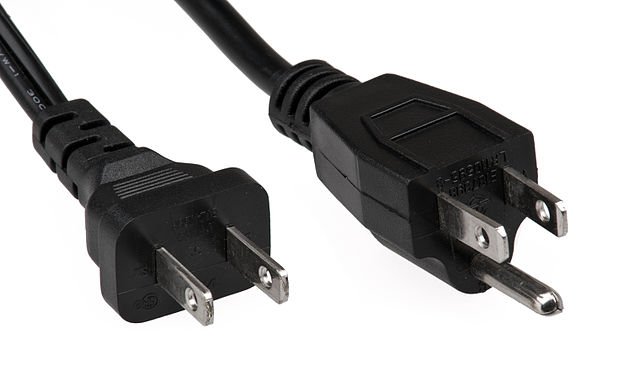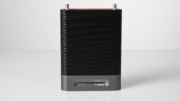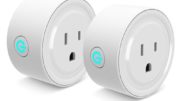The plug. That’s what everyone calls it. You know, the way that everything gets power? Did you know that its proper name is a “NEMA Connector?” It’s also sometimes called an Edison connector. Whatever you call it, it’s a big part of your life.
The name comes from the National Electrical Manufacturers Association (NEMA), an organization founded in 1926. The connector itself dates back to roughly that time as well. Prior to its use, there were several different ways to connect electrical appliances to a power socket, from bare wires to incompatible plugs.
They’re everywhere in North America
NEMA connectors are used throughout North America but their use in other parts of the country is limited. Other countries created their own plug standards, which is just as well because other countries also use power setups that could potentially destroy your home appliances if you’re not ready for them.
The basic NEMA connector has two flat prongs spaced exactly .5″ apart. If that’s all it has, that’s a NEMA type 1. If it also has a round prong below the flat prongs, that’s a NEMA type 5, generally referred to as a “grounded plug” since the third prong is used for grounding. Grounding is very important although there are some devices that are non-grounded because they don’t need enough current or because grounding could cause problems (for example audio equipment.)
Some plugs are polarized, meaning it matters which prong goes in which hole, and some aren’t. If a device requires a polarized plug, one prong will be slightly longer than the other so that the plug cannot go in the wrong way.
And it’s not just the regular plug you use
Practically every electrical socket used in the US is some sort of NEMA connector. If you have an electric dryer, it probably uses a big fat plug. Your oven may as well. Your electric car may go into a different kind of socket. These are all NEMA connectors of one type or another. The different shapes and configurations are there to make sure you don’t plug in something that can’t handle the kind of current the outlet is supplying.
Specifications for NEMA connectors

I’m not sure where the chart you see above you really came from. I’ve found it at several different sites. It’s a little complex because it lists receptacles (outlets) as well as plugs. Obviously the plug shapes are going to be the same. The first number is the plug type. For most outlets this is going to be 1 or 5. The second number shows the maximum number of amps going through that connection. The “R” or “P” means “receptacle” or “plug.”
As you can see, there are quite a few specifications for NEMA connectors but the type 1 and type 5 are the most common. Washing machines and other appliances will use other NEMA connectors as well.
No matter what though, if you have a NEMA 5-15 outlet, which is the standard here in the US, you’ll find that you can plug practically anything in that you want. It’s nice to know that some standards don’t change. Imagine having to buy a new plug for every device you have!





